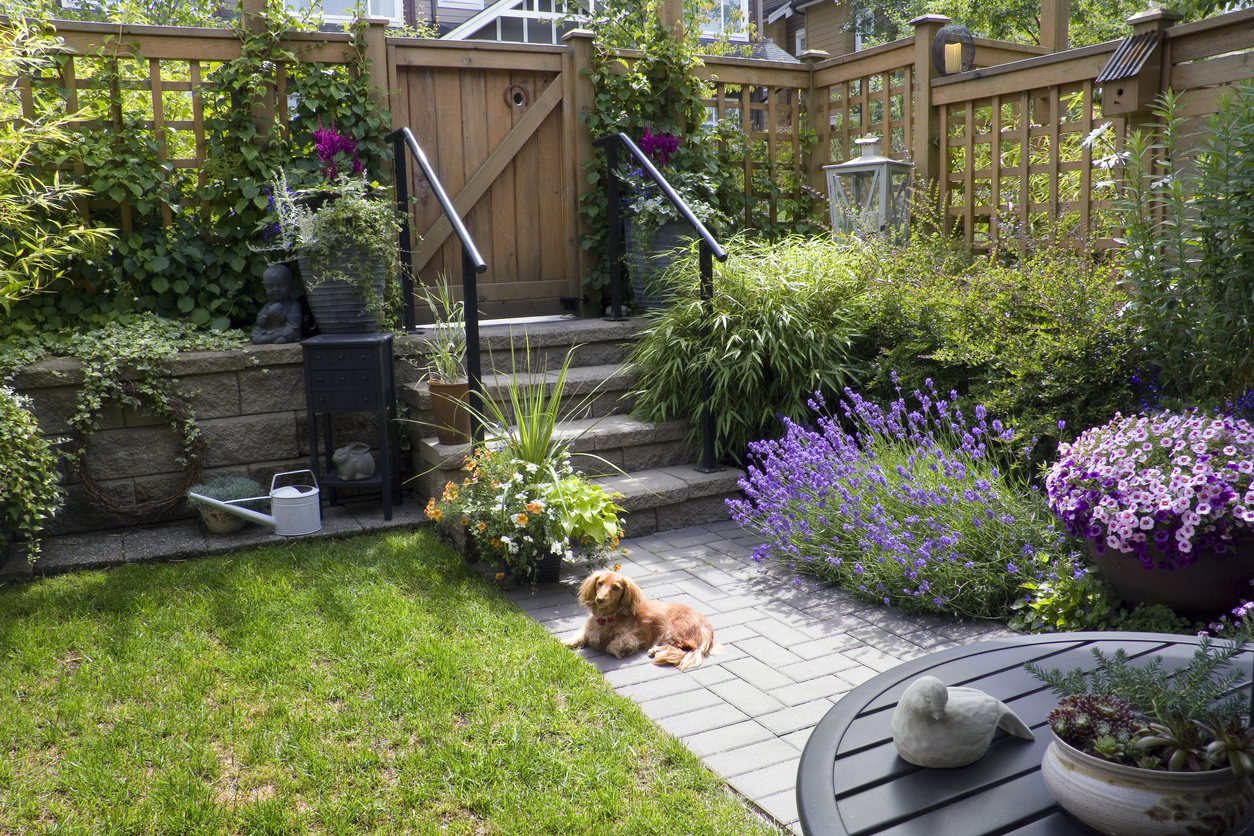If I had to choose the most mysterious flower in my herb garden, it would be lavender. How to dry it, use it, and cook with it are all questions I asked myself once I started growing lavender instead of buying it fully prepared for my every whim.
I live in zone 5, where I can only grow English Lavender, Spanish Lavender, and French Lavender, which is honestly plenty of lavender varietals for me. English Lavender is said to have the most therapeutic effects for relaxation and a lighter scent, while Spanish Lavender smells more like eucalyptus and can be energizing. French Lavender is the most potent of the three and has a bit of a lemon scent to it so it’s most often used in home sprays, and candles.
The thing about lavender is that while most people consider it a perennial, or a tender perennial in some zones, it’s actually a subshrub. The important difference between the two is that you cut back perennials at the end of the season, and you should absolutely not do that with a subshrub, or you could and will likely, kill the plant. When cutting your lavender for drying, that’s a must-know kind of fact.
You can learn a heck of a lot more about growing and pruning lavender in our Lavender Gardening Guide, but I wanted to warn you before you go snipping your plant. The most you should cut at one time is 1/3 of the plant if you want to dry it or use it fresh. Otherwise, lavender is a pretty drama-free herb to grow.
Discover 7 top tips for growing, harvesting, and enjoying tomatoes from your home garden—when you access the FREE guide The Best Way to Grow Tomatoes, right now!
Lavender: How to Dry It
Dried lavender can be used for potpourri, in cooking (my preference), and even just for decor, and it’s so easy that there’s no good excuse not to grow and dry lavender yourself!
When to Cut Lavender for Drying: The best time to cut lavender for drying and other uses, is when at least three quarters of the flowers are open. Although they’re pretty to look at, if your goal is harvesting, you’ll want to do the snipping pretty soon after your stalks get to this point, or the sun will rob the buds of their color and aroma. To avoid mold when drying lavender, only cut when it’s dry.
How to Cut Lavender for Drying: To dry lavender, trim up to 1/3 of the plant at a time, and cut the stalks too, not just the blooms. Since lavender blooms for a while, you can just cut the stalks that are at least three-quarters blossomed, and leave the others to continue blooming.
Three Ways to Dry Lavender
Vase: I love dried lavender bouquets, and if you’d like to make your own, all you have to do is put them in a vase without water and let them dry naturally. I suggest an open-mouth vase to start, as moisture and mold can collect in smaller ones where there isn’t enough airflow.
Hanging: If you want to use lavender for potpourri or cooking, your best bet is to make small bunches, wrap elastics around them, and hang them upside down either in a dark dry place that has airflow (a fan will do), or even outside in a shaded area if you live in a dry sunny climate. Don’t leave them directly in the sun though, or the flowers will turn brown. You can use another elastic, a paper clip, or a proper kind of hook to easily hang the bunches.
Oven: You can also quick-dry them in the oven. Simply set them on a baking sheet in a single layer, and let them dry out at 200F for about 15 minutes with the oven slightly ajar.
You’ll know your lavender is ready when you can easily snap the stems, they shouldn’t bend.
What else would you like to know about lavender, how to dry it, preserve it, or make the most of your plants?
Discover 7 top tips for growing, harvesting, and enjoying tomatoes from your home garden—when you access the FREE guide The Best Way to Grow Tomatoes, right now!

2 replies on “Lavender: How to Dry It Three Easy Ways”
Thank you Amanda, I will def log onto your site for tips in my garden! My goal this year is mastering the Lavender plant and growing my own garlic!
Two of my favorites! Initially, my lavender was very sad, not much color, but I’m very happy it’s been growing back even in zone 5, it’s been getting bigger each year.